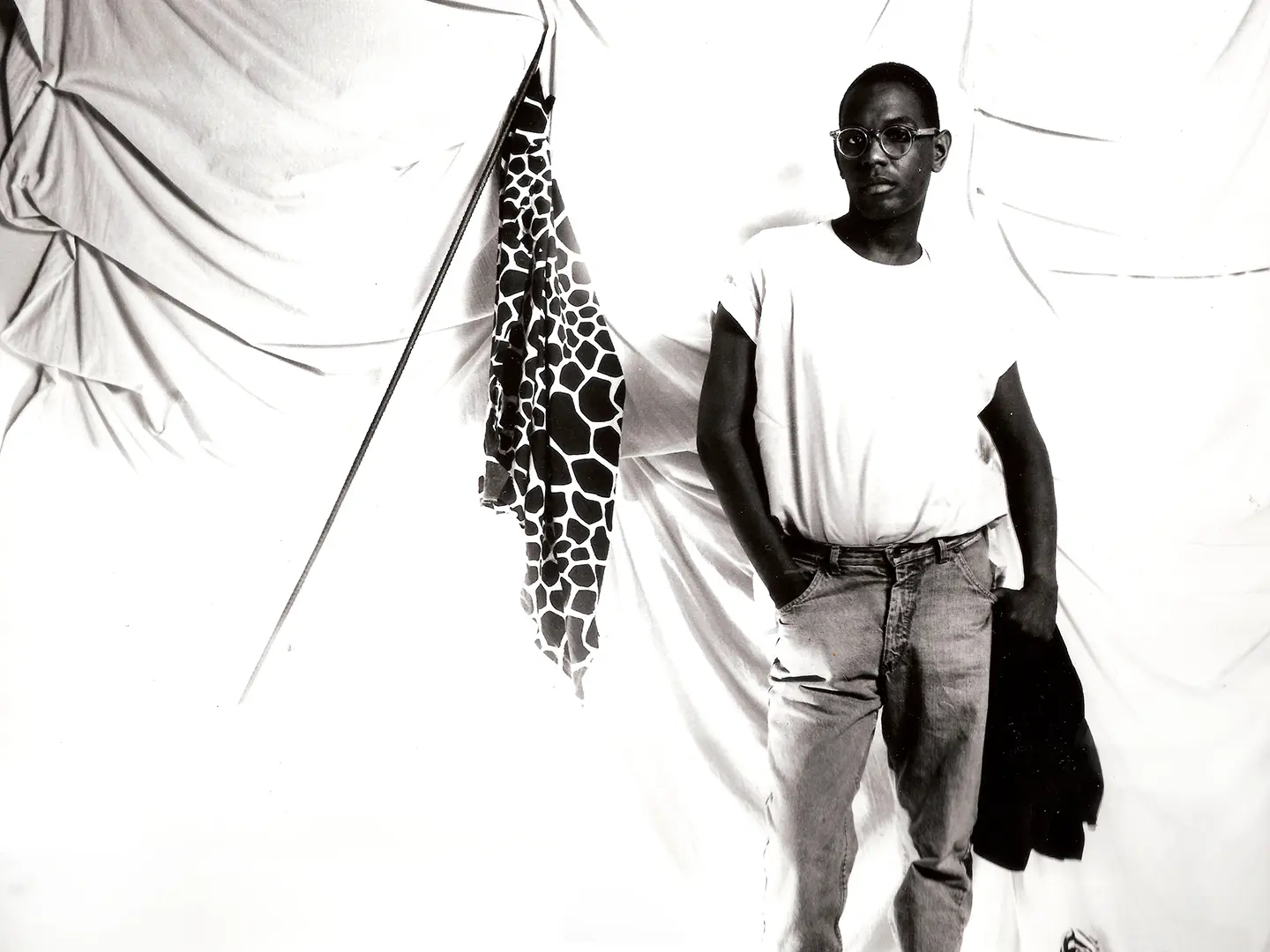In partnership with MiCodmc, a selection of establishments ripe for discovery during the 63rd edition of the Salone del Mobile.Milano, from 8th to 13th April
Alexandra Cunningham Cameron: rethinking the museum experience

Alexandra Cunningham Cameron. Ph. Credits Maria Fonti
The curator of contemporary design at the Cooper Hewitt, Smithsonian Design Museum shares her thoughts on digital projects that reduce the distance between cultural institutions and the public, starting with an exhibition that opened the very same day that all New York City museums locked down.
Alexandra Cunningham Cameron, curator of contemporary design and Hintz Secretarial Scholar at the Cooper Hewitt, Smithsonian Design Museum in New York, was a guest at the “Supersalone”, where she took part in the “Women Within Institutions” Open Talk. Her thoughts on the role of museums extend beyond issues of gender and her own work; an exhibition she curated, Willi Smith: Street Couture (at Cooper Hewitt through Oct. 24), prompted her to investigate the new digital tools available to cultural institutions to broaden their activities and increase audience engagement.

Willi Smith Portrait
The people who have come back are more aware of the value of the physical experience and everything it entails. From this point of view, Covid has raised the bar. Many institutions have also taken the opportunity to develop digital platforms to reconnect with their audiences, and as a result have reached a much larger, more global audience, which has been of benefit to the work we do. For me, it’s inspiring: it means there’s more interest in institutions in general to develop new platforms to connect with visitors and share ideas.
It’s not simply about creating an online exhibition. For example, it touches upon archiving, and creating videos on sites that may be more publicly-accessible. It’s interesting to design these kinds of platforms, to think about how people navigate digital space, the best way to process information and promote movement within a site… There’s a whole lot of scope to experiment with and invest in. Creating something for a digital audience is very different to creating something for a physical audience. It’s all about shifting the concept of exhibiting to multiple platforms, running the gamut from physical displays to the virtual and printed matter. The days of viewing the physical exhibition as the centre of curatorial work are over.

Willi Smith Street Couture Exhibition
Over the past few years, I’ve been working on an exhibition about American designer Willi Smith. It was scheduled to open on 13 March 2020, the day that all museums in New York had to shut down, so it was open for just one day. Smith died in 1987 from AIDS-related complications. Alongside the exhibition, we published a book that brings together essays, interviews, and recollections from people who knew him. Working with Cargo, we created a digital community archive, an online archive that includes videos – some of which are already on display – and the contents of the book, republished digitally free of charge to be available to the public and design students. We went further: we put out an open call for information on Willi Smith; because his life wasn’t documented by institutions, no formal archive exists. We wanted to share his story with the people who worked with him, cared about him or were fans of his clothes. By opening up the curatorial and research process, we collated episodes, photos, clothing and ephemera, and posted them on the site.
The digital community archive we launched during Covid has gained a lot of attention. It was conceived as an experiment in digital archiving, to transform something very formal and fixed – the archive – into an open, playful, fun and accessible tool. We’re continuing to rethink the digital side of our exhibitions, and indeed the museum experience in general. It’s something I really enjoy. It helps change the way people look at institutions, which may, on occasion, seem impenetrable. That said, museums should be working for society in a very direct way, in concert with their reference community, avoiding an “inside or outside” situation, in which the physical exhibition is inside and everything else is outside. Digital projects, I believe, can take us beyond that.


 Stories
Stories










